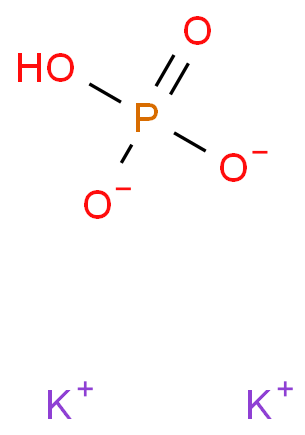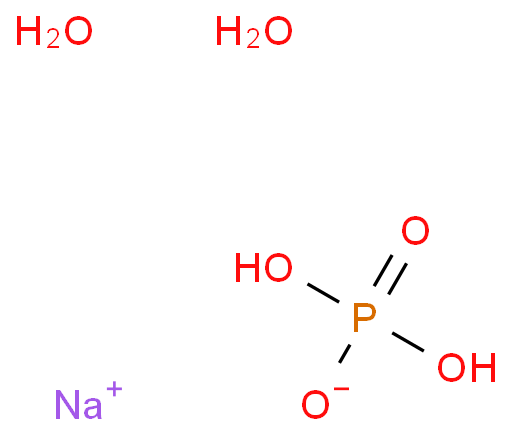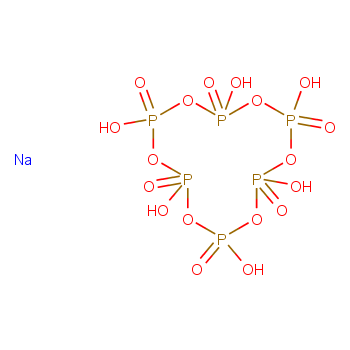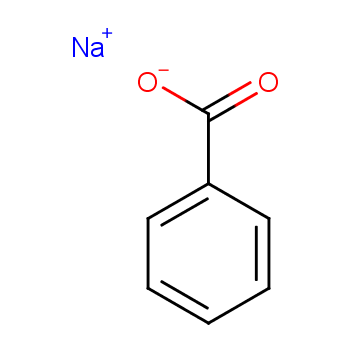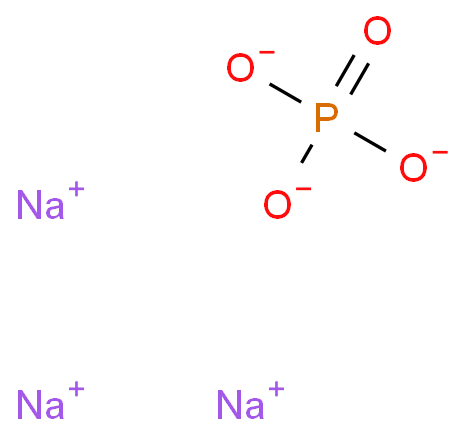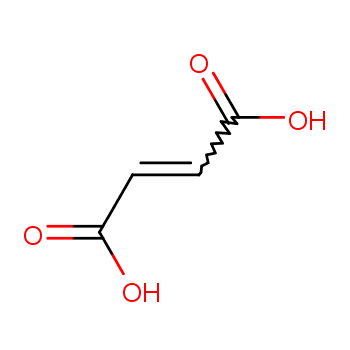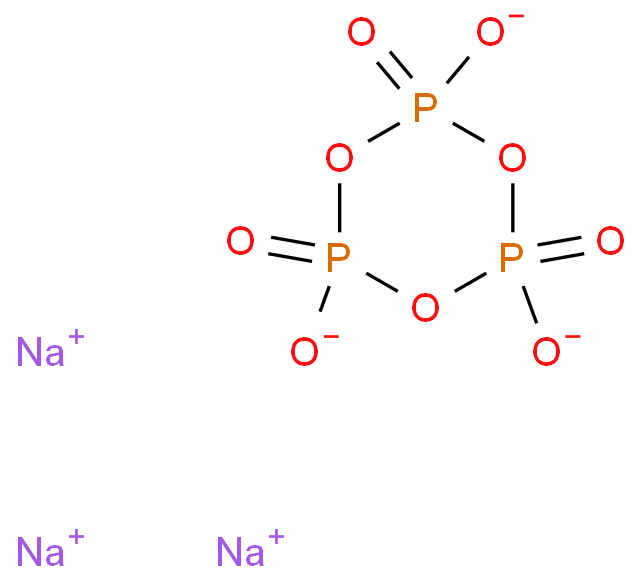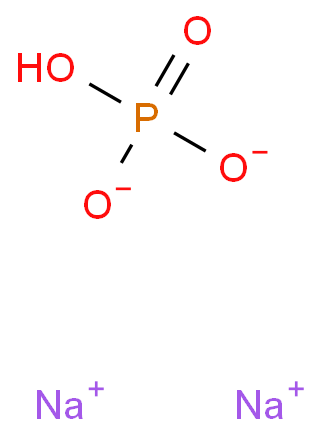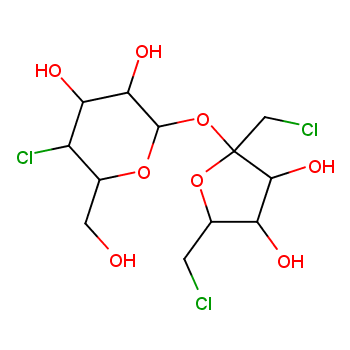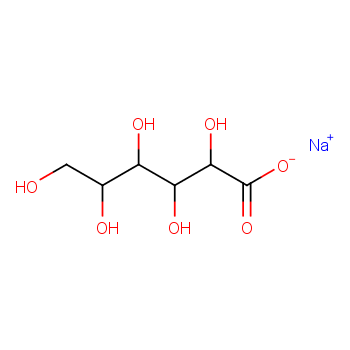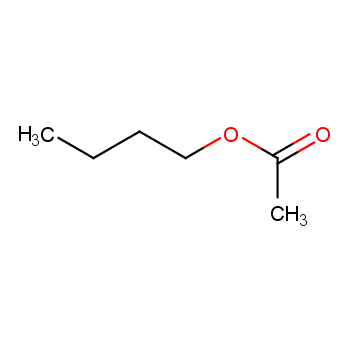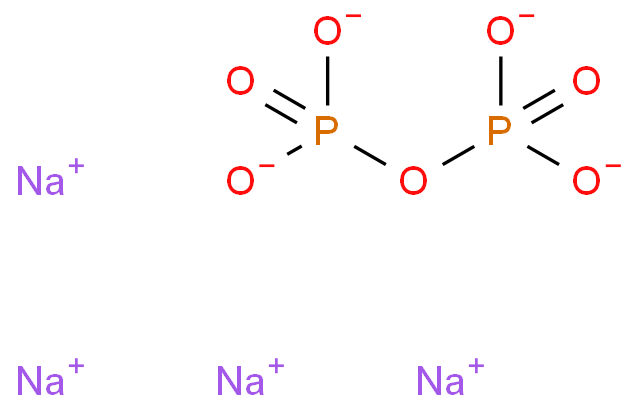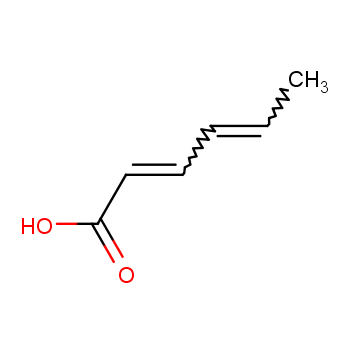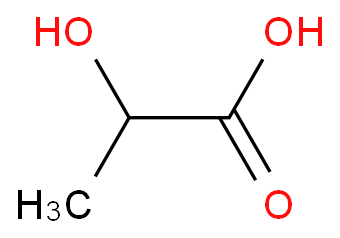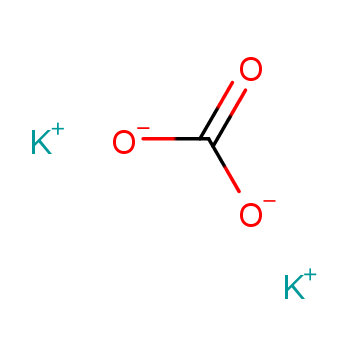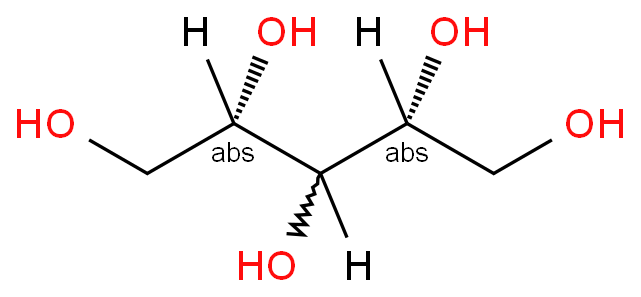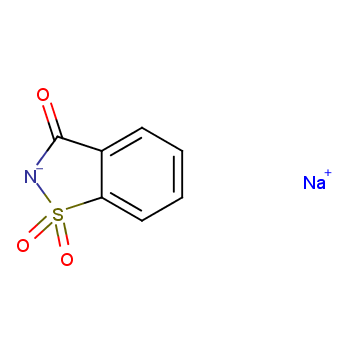Food additives, as defined by the Joint Food Regulation Committee of the FAO and WHO, are deliberate non-nutritional substances added in small quantities to food. Their purpose is to enhance appearance, flavor, texture, or storage properties. Notably, substances for fortifying food nutrients are distinct and fall outside this category. These additives exhibit three key traits:
1. They are not typically used as standalone food items.
2. Their composition can be either synthetic or natural.
3. Food additives are incorporated to enhance food color, aroma, taste, and preservation.
Common types of food additives encompass preservatives, antioxidants, colorants, thickeners, stabilizers, swelling agents, sweeteners, acids, brighteners, and spices.
Food Additive categories
Food additives can be categorized into two distinct groups: natural additives and synthetic additives.
Natural Additives:
Natural additives encompass pigments derived from naturally occurring substances. These pigments are primarily extracted from plant tissues and animal sources.
Synthetic Additives:
Synthetic additives, on the other hand, are generated through artificial chemical synthesis. They often involve the use of aniline dyes obtained from the separation of coal tar. Synthetic pigments offer several advantages over their natural counterparts, including vibrant coloration, strong coloring capabilities, and cost-effectiveness. As a result, synthetic pigments find widespread use in various industries
Studies show that as technology improves, most synthetic pigments do not provide the body with the necessary nutrients. In fact, these pigments can even be harmful to health. However, natural additives are not safer than synthetic additives. Although the content of hand additives is limited now, according to the results obtained, natural additives are no less toxic than synthetic additives.
Usage of Food Additive products
A balanced perspective on food additives is essential. By using food responsibly, avoiding harmful additives, and following safe dosage limits, we can protect ourselves from eating spoiled food. In doing so, we not only preserve or elevate the nutritional value of our meals but also ensure the enticing color and delightful flavor of the food we consume.
+more
